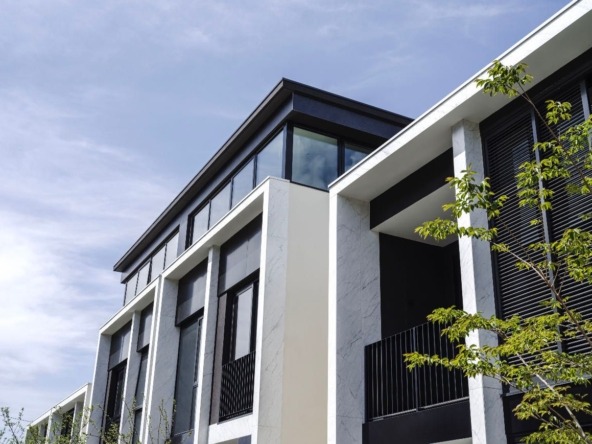The walk score reflects how easy it is to get around without a car. The walk score is a number between 0 and 100 (100 representing a perfect score). Melbourne has been ranked number 1, with the only suburb achieving a perfect 100 out of 100. Werribee South takes the ‘wooden spoon’ with a score of just 0.6 out of 100, highlighting the high reliance on using a car to get you places such as shops, schools etc.
Other highly scored suburbs achieving above 95.0 were Fitzroy, Carlton, Collingwood, Southbank and South Melbourne. But greater Melbourne’s walk score is a middling 57.
Why is a walk score important?
For property investors, this may not have an immediate influence on capital growth, but it influences tenant demand. It improves the prospect of a quality tenant and potentially earning a higher rent. Total investment returns should always take into account both capital growth and income.
As the population grows and roads become congested, the option of leaving the car at home for errands, school drop offs and amenities becomes important.
The desire to live in a place where cars are less necessary is a growing trend among younger renters. Young Australian adults are delaying getting a driver’s licence. Figures released last month by VicRoads. In 2014, 39.9% of adults aged 18 had a driver’s license compared to 52.5% in 2001.
Higher property prices are seen in inner city suburbs with a good walk score. This also indicates the wider population is willing to pay a premium to easily get around on foot. A lot of young people don’t want to live in outer suburban areas, they want to live in walkable areas. This changing preference shows people may prefer renting in blue chip areas where they may be unable to buy.
Without doubt, when buying property, there are many other factors to consider. The trend is definitely shifting towards owner occupiers wanting the freedom to get out on foot. For investors, you should consider the walk score as part of your due diligence too.
While we have taken care to ensure the information above is true and correct at the time of publication, changes in circumstances and legislation after the displayed date may impact the accuracy of this article. If you want to learn more, please contact us. We welcome the opportunity to assist you.
Sep 2017













